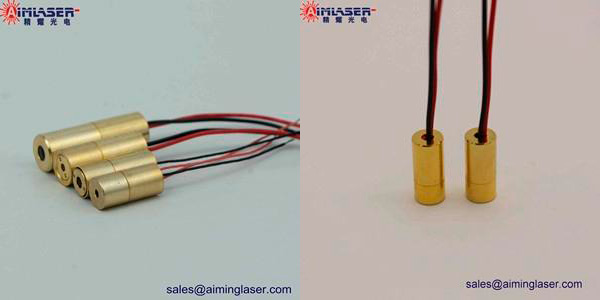Visible light refers to the electromagnetic wave that can cause vision, and it is the part of the electromagnetic spectrum that can be perceived by human eyes. The wavelength range of visible light is between 0.77 and 0.39 micron. Electromagnetic waves with different wavelengths cause different color perception of human eyes. 0.77 ~ 0.622 microns, feeling red; 0.622 ~ 0.597 micron, orange; 0.597 ~ 0.577 micron, yellow; 0.577 ~ 0.492 micron, green; 0.492 ~ 0.455 micron, indigo; 0.455 ~ 0.39 micron, purple. The visible spectrum has no precise range; generally, people's eyes can perceive electromagnetic waves with wavelengths between 400 and 700 nanometers, but some people can perceive electromagnetic waves with wavelengths between 380 and 780 nanometers. Human eyes with normal eyesight are most sensitive to electromagnetic waves with a wavelength of about 555 nanometers, which are located in the green region of the optical spectrum. The range of light visible to human eyes is affected by the atmosphere. Most of the electromagnetic radiation in the atmosphere is opaque, except for the visible light band and a few other bands such as radio communication band. The range of light waves that many other creatures can see is different from that of human beings. For example, some insects, including bees, can see the ultraviolet band, which is of great help in finding nectar.

Invisible light is a general concept, which refers to all other wavelengths of electromagnetic waves that cannot be perceived by human eyes except visible light, including radio waves, microwaves, infrared light, ultraviolet light, X-rays, gamma rays, far infrared rays, etc. Generally, people's eyes can perceive electromagnetic waves with wavelengths between 400 and 700 nanometers, but some people can perceive electromagnetic waves with wavelengths between 380 and 780 nanometers. If expressed in terms of wavelength: invisible light < 380nm: such as ultraviolet light. Invisible light > 760nm: such as infrared ray and far infrared ray. There are many kinds of led (Light Emitting Diode), which can be roughly divided into visible light and invisible light according to the light emitting wavelength. Invisible led, with wavelength of 850-1550 nm, its short-wavelength infrared light can be used as infrared wireless communication, such as infrared led used in photocopying paper size detection, home appliance remote control, factory automatic detection, automatic door and automatic flushing device control, etc. Long-wavelength infrared light is applied to medium and short-distance optical fiber communication as a light source for optical communication.
Gan is a semiconductor material with direct energy gap, and its energy gap is 3.4ev, while aln is 6.3ev and inn is 2.0ev. When these materials are made into mixed crystals, the energy gap can be continuously changed from 2.0ev to 6.3ev, so colors ranging from ultraviolet, violet, blue, green to yellow can be obtained. At present, the most successful gan components are high-brightness blue and green leds. Because of the successful development of gan high-brightness blue and green leds, outdoor full-color LED displays and LED traffic signs have been realized, and various LEDs have been widely used. White light can be produced by exciting fluorescent substances with high brightness blue led. With its low power consumption and long life, ganled may replace incandescent bulbs for general lighting in the future, and its market potential is very strong.
Electric current drives the organic film to emit light, and its light can be red, blue, green, or even full color. Because the organic compound materials used in oled can emit light by themselves, unlike the backlight behind lcd panel, the power consumption can be greatly reduced, the manufacturing process can be simplified, and the panel thickness can be thinned. Oled has the characteristics of self-illumination, wide viewing angle, fast response speed, low power consumption, strong contrast, high brightness, thin thickness, full-color display and animation display, etc. It is considered as a potential flat display technology.